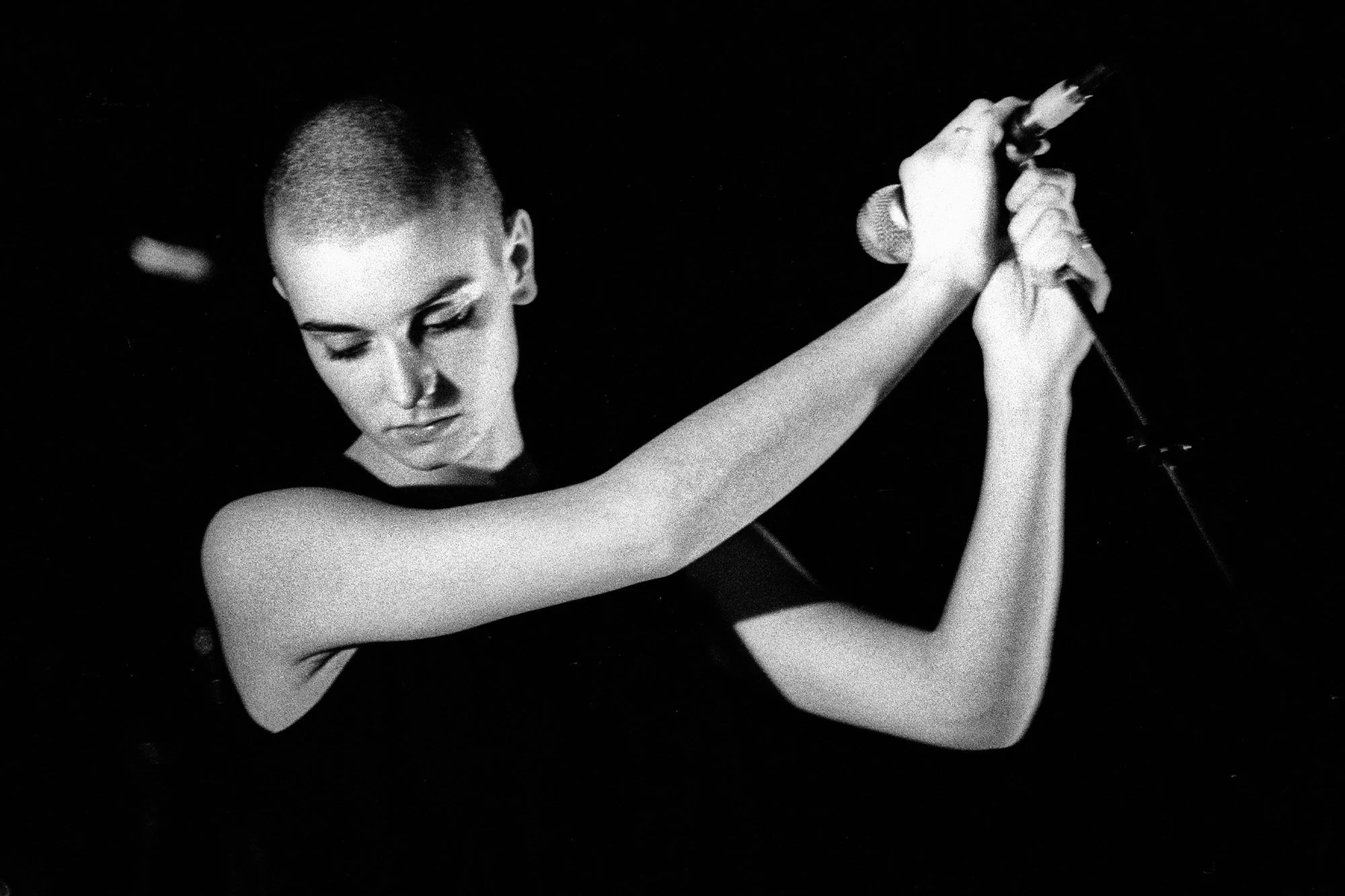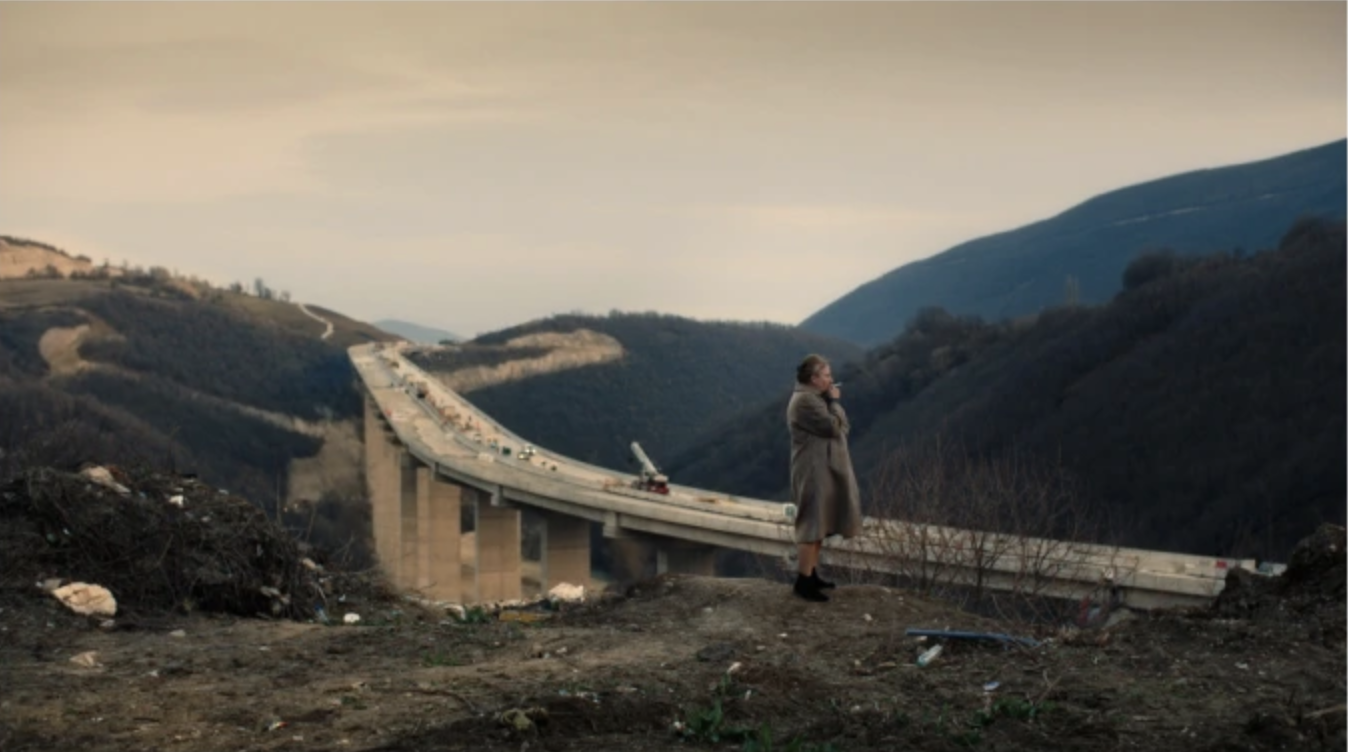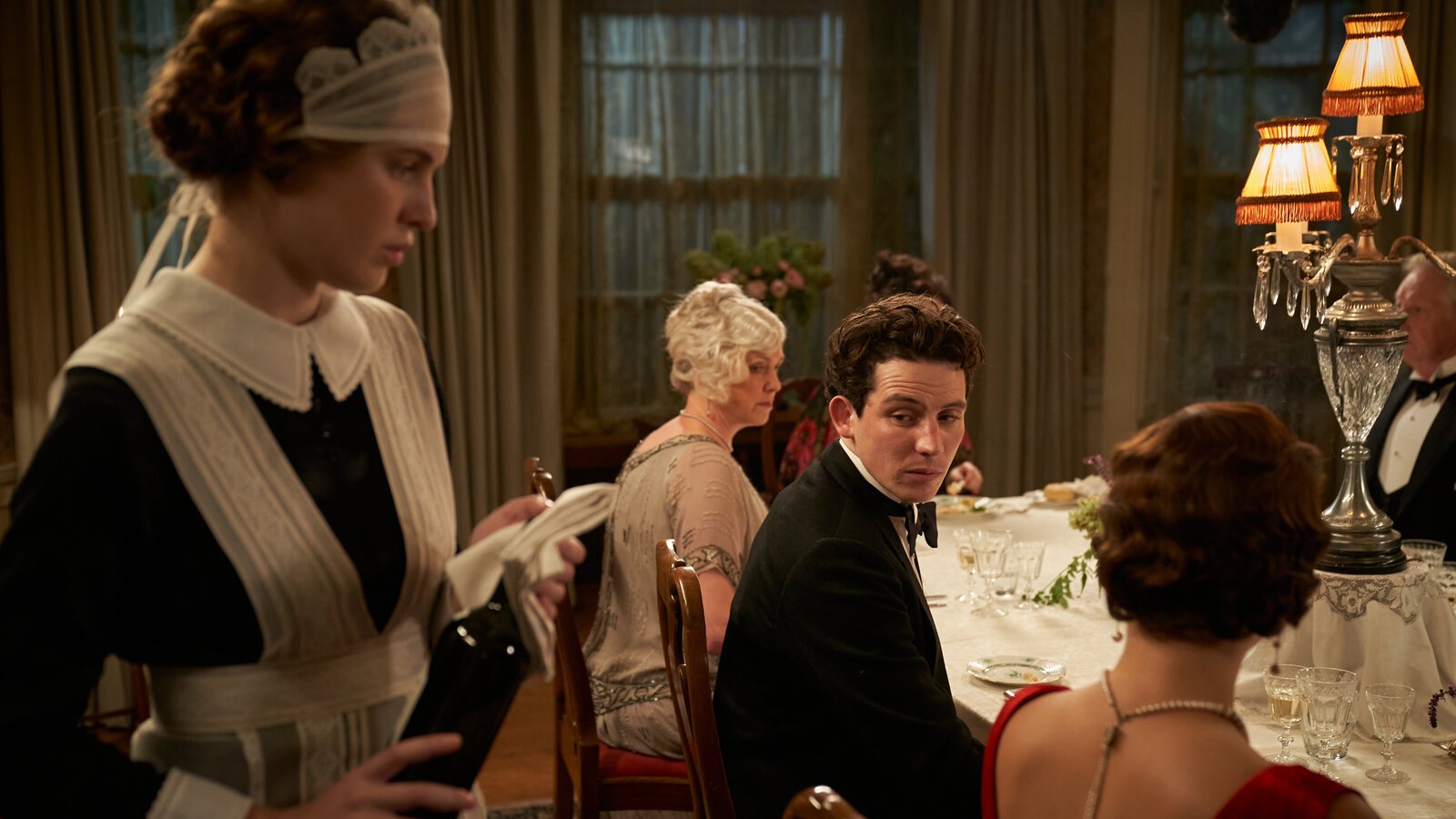DOCTOR STRANGE IN THE MULTIIVERSE OF MADNESS
Directing: C+
Acting: B-
Writing: C-
Cinematography: B
Editing: C+
Special Effects: B
There are people genuinely convinced that Doctor Strange in the Multiverse of Madness is a truly great film, and that makes me despair of humanity. Not because this movie is particularly bad, but because audiences are so conditioned by the “Marvel Cinematic Universe” that they can no longer distinguish between that which is quality cinema, and that which is average.
The thing is, this movie isn’t even all that great by MCU standards. I largely gave up on superhero movies over a decade ago, actively avoiding then for several years—because they were nearly all just like this one: rushing through expositional interludes between overly busy action sequences drenched in CGI that looked dated within a year, all in the service of the same story beats as the last film just like it, over and over again. But, over the past five or ten years, Marvel found better directors and better writers, and slowly but surely began to offer movies more worthy of regaining attention. This movie feels like a throwback to that earlier time.
The greatest disappointment about that is the fact that it was directed by the legendary Sam Raimi, of Army of Darkness (1992) fame, who directed the original Tobey MaGuire Spider-Man in 2002, and who has not directed a feature film in nine years (there’s nothing better to say about the equally mediocre Oz the Great and Powerful). It’s true that Multiverse of Madness gets better in its second half, and eventually it even gets genuinely weird, with quasi-horror elements that are only novel by MCU standards, but are still presented with recognizable Raimi flair. Alas, it doesn’t get sufficiently weird until at least three quarters of the way through, at which point it’s really too little, too late.
Multiverse of Madness comes up short by every measure. Even compared to other MCU movies, it’s not nearly as much quirky fun as Thor: Ragnarok (2017); it certainly has nothing of anywhere near as much substance to say as Black Panther (2018); it’s not even as interesting as the original Doctor Strange (2016). What it does do is rehash every concept imaginable, most of all the idea of a “multiverse,” something introduced brilliantly in the animated Spider-Man: Into the Spider-Verse (2018, arguably the best year for Marvel) but which has already been revisited in Spider-Man: No Way Home (2021), a live action film that was better than anyone could have expected. But, here we are again, with fully expected diminishing returns.
And this Doctor Strange sequel is not helped at all by its very direct narrative ties to the Disney+ series WandaVision. I won’t say anyone who hasn’t seen the show will be lost in the plot here, but they’d certainly understand it a lot more having seen it. And what good does that do the movie itself? This is the twenty-eighth movie in the Marvel Cinematic Universe, all presented by a studio that increasingly expects its audiences not only to have seen but have remembered them all, plus increasing numbers of TV series. There comes a point when it’s just all too much, and that point arguably came and went a decade ago.
Elizabeth Olsen does a fairly impressive job as the villain, the Scarlet Witch, but it’s not as easy to recognize without having seen WandaVisison, which was itself, frankly, a bit overrated. Such is the case with a great majority of MCU films, with occasionally notable exceptions. Benedict Cumberbatch as the title character is . . . fine. The same could be said of the entire cast, none of who are given any room to breathe their performances in the overstuffed plot. This movie is 126 minutes long, almost “short” compared to many MCU movies, and too much is happening too quickly, whether it’s CGI spectacle action sequences or the rare quiet conversations between characters.
It just feels like a wildly missed opportunity, like a movie dictated by committee (it having only one writer notwithstanding; it should also be noted that this is Michael Waldron’s first feature film script), beholden to a multitude of strictures as part of the broader cinematic universe. That very much limits a filmmaker’s ability to put their own stamp on it—Chloé Zhao’s Eternals (2021) suffered from the same problem. If the studio could have loosened their evident grip, the uniquely dark and macabre Sam Raimi style could have permeated more than just the final quarter of the movie. With that alone, Doctor Strange in the Multiverse of Madness would have been much improved.
To be fair, this particular movie was never going to be a masterpiece, no matter who wrote or directed it. It still had massively unrealized potential, and instead stuck with well-worn storytelling tropes that renders it the same shit in a different movie. I’d probably have enjoyed this exact same movie more had it been released seven or eight years ago, but time is not always kind to a decades-old franchise (consider what a challenge it has been for ages for anyone to make a truly great James Bond movie). Now, we’ve spent far too much time, year after year, with rushed storytelling wrapped in subpar special effects. Too few of these movies get any finessing, and are instead churned out as from an assembly line, all using a well worn template. Even well worn templates are tolerable if they can be given a novel enough spin, but Doctor Strange in the Multiverse of Madness is convinced it’s taking a huge swing without realizing it’s stepping up to bat when the game is already nearly over.
I’d tell you more about the plot but it was so forgettable I forgot it.
Overall: C+










